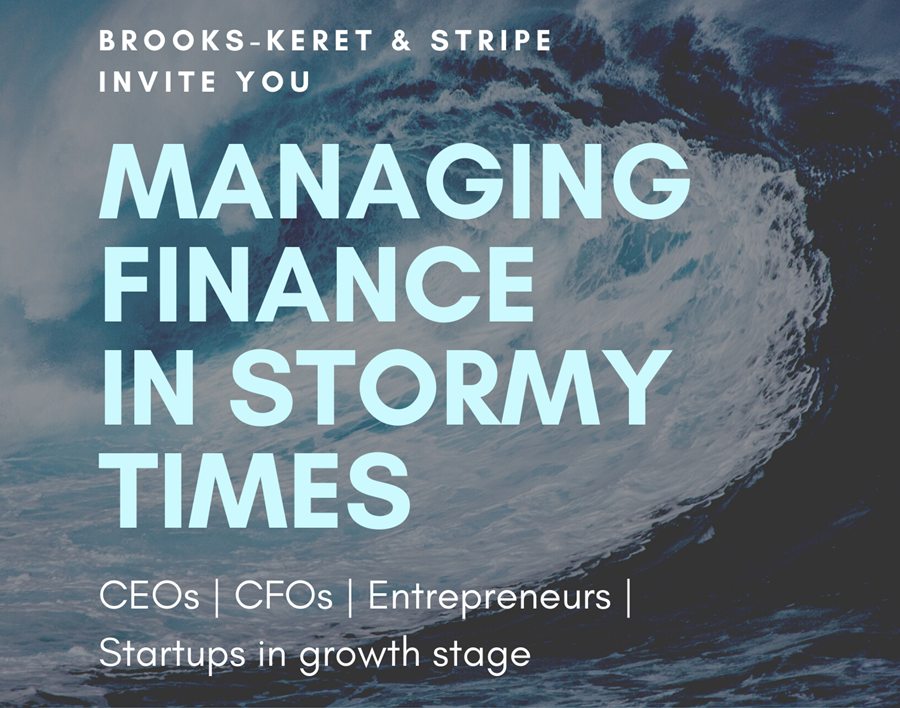A report published this year by the Central Bureau of Statistics (CBS) indicated that Only 16% Of Start-Ups reach maturity. Most startups close even before they have a product at hand. This raises the question how a change in the development model and budget management of start-ups will allow them to succeed.
So, why do so many start-ups fail?
Seed investments allow most start-ups to “start up” and recruit the staff they need to get started and develop their envisioned product. In most cases, however, the money runs out, before they have even produced one prototype of the product, and they need additional funding.
A start-up requires a large number of professionals from different fields during the development process. From product managers, through UI/UX and graphic designers to software architects, back-end and front-end developers of various types, database, cloud, QA, DevOps, and more. Most start-ups make the classic mistake of either recruiting development staff full-time or using fixed-term staff via outsourcing services. Every development manager knows that throughout the development project he does not need all the employees all the time at the same intensity. The recruitment process is expensive and lengthy, and employee retention, when you take into consideration salaries, equipment and even real estate, has a constantly astronomical cost that cannot be changed, regardless of the company’s financial situation.
A start-up operating under the classic development model is exposed to more risks. Many times, the money raised in the first round runs out rapidly, and many entrepreneurs find that they need to stop the train – even though it has already left the station. If the next fundraising round takes longer than expected, the entrepreneur will have no choice but to lay off the workforce. This, in turn, limits his ability to raise money later. And so, unfortunately, many entrepreneurs find themselves at this point facing investors who want to make the most out of their investment, even at the cost of steamrolling over the start-up company and taking over – a road which leads to a quick and unpleasant failure.
So How Can You Become Part Of The 16%?
Any start-up that has raised under $5 million must take a lean approach and maintain its budget until the next round of funding or until the product matures enough to start generating significant revenue. The way to do this is by establishing an efficient core of Only Three People: The Businessman responsible for raising funds and later on for collaborations and customer recruitment, The Product lead who takes care of market analysis and identifies the needs the product should meets, and The VP Of Technology, who oversees and plans product development.
Beyond this basic core of three, start-ups can connect to companies that know how to provide flexible development services, utilizing multidisciplinary development teams and project management services. Flexible development services offer entrepreneurs a “cloud” model of professionals, wherein you can allocate resources according to actual needs, both regarding the professional mix and number of professionals.
This model, called Flexible R&D, is currently provided by very few development services companies in the world. Start-ups who relied on flexible development services, such as those provided by Comm-IT, increased their chance of reaching a mature and successful product by 500%. In fact, the model’s success rate stands at over 90
Start-ups who are looking to increase their chances of success must control spending. The way to do this is by controlling the most important resource: the expert teams, both in expertise and in numbers. With full flexibility and budgetary control throughout the project, there will be no need to make any compromise in achieving the goal of building your product.
This article was written by Arik Faingold, Entrepreneur, Investor and President of the Comm-IT Group & Anat Darr, Business Development Specialist at Comm-IT.
Contact Him at: anat.darr@comm-it.com 





